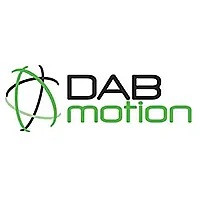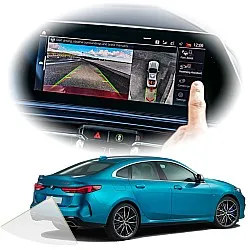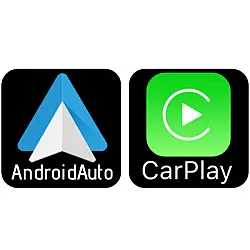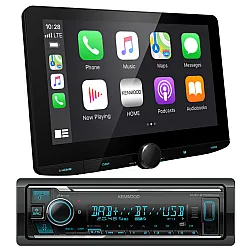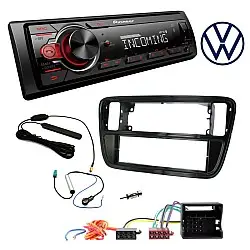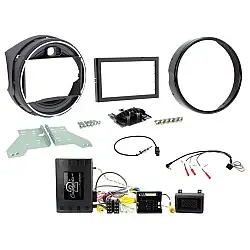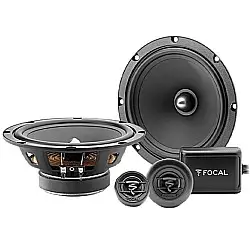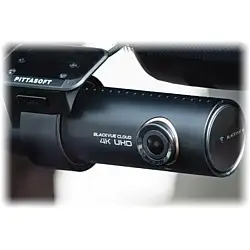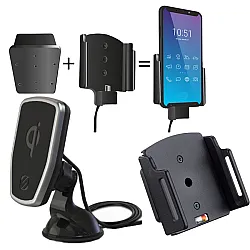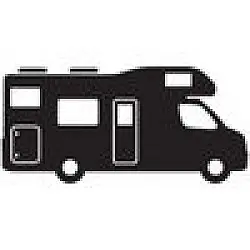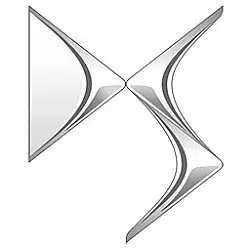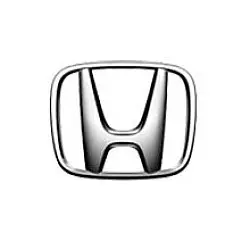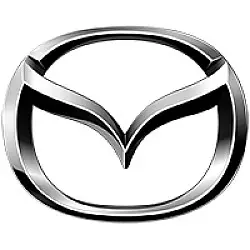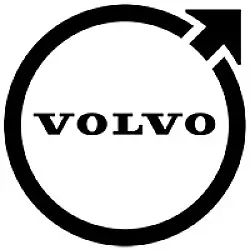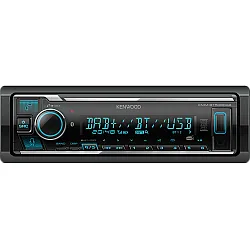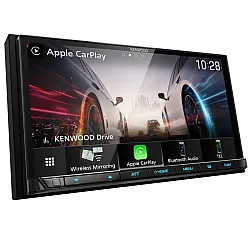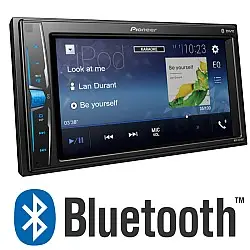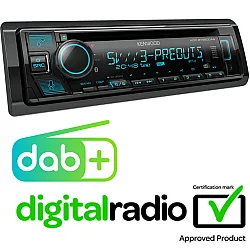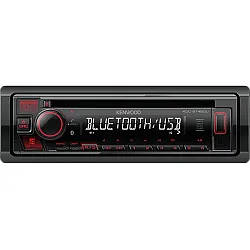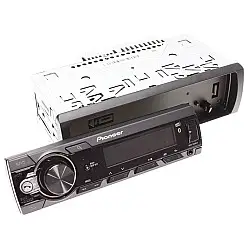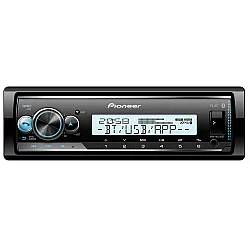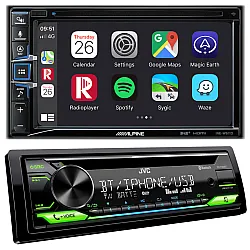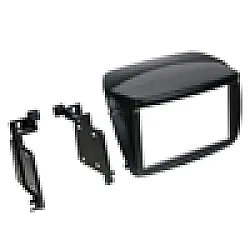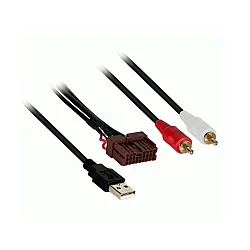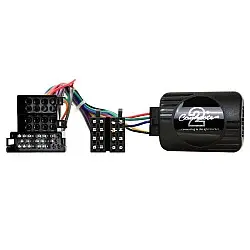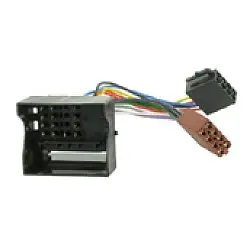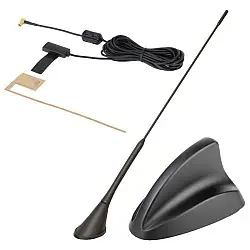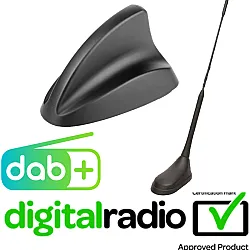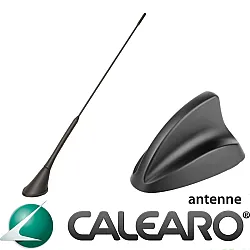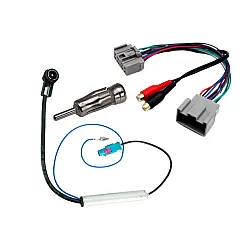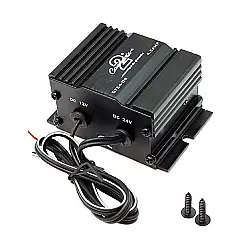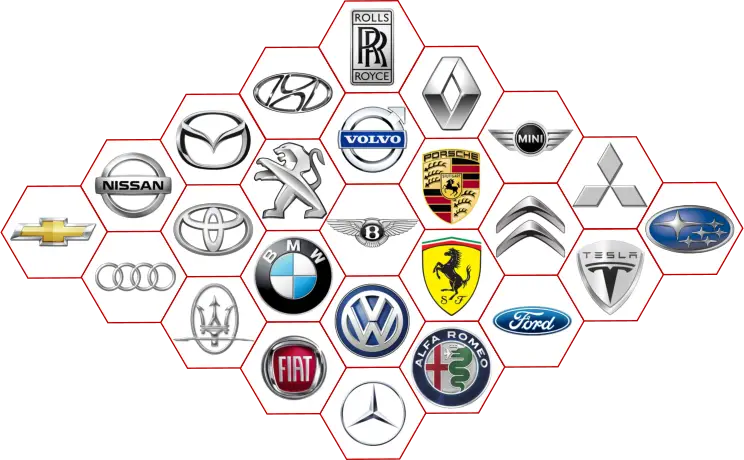A quick guide to parking mode on your dashboard camera
Dashboard cameras have exploded in popularity in recent years, and their advantages while out on the road are well documented - they can help protect you against bad driving (whether careless or actively malicious), and can even help save you money on your insurance premiums in the meantime! But they also have yet another advantage which is often missed by drivers - the parking mode, which can help protect your car even if you’re not actively driving it at the time. Here, we explain the key details about parking mode, and exactly how it helps you.
What is parking mode on a dashcam?
Essentially, parking mode is a setting that allows your dashboard camera to capture any threat or damage to your vehicle even when your ignition is switched off. When your dash cam detects movement in your car’s vicinity, or even an actual impact, it’ll start recording immediately, capturing what could be vital evidence that you can later submit to the courts or your insurer. Not all dashboard cameras have parking mode, but it’s becoming an increasingly common and affordable feature in newer models.
How is parking mode activated?
If your dashcam is fitted with parking mode, it’ll typically activate once you turn off the ignition. Alternatively, it’ll activate once the car has been stationary for a predetermined period of time. If you want the camera to automatically switch on and off though, you’ll need to ensure that it’s hardwired to the car by connecting the power cable directly to the fuse box. While you can theoretically do this yourself if you’ve got the knowledge and experience, it’s typically easier and safer to have a professional engineer do it. (Here at Car Communications, we have a nationwide network of engineers who can help with just that!)
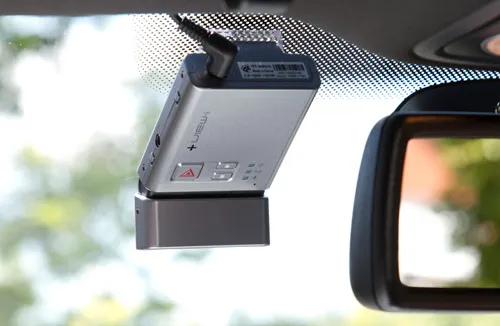
To save on memory and power consumption, most dashboard cameras will redundant features such as the GPS, and draw power from their own in-built batteries rather than that of the vehicle. They’ll also only start recording when they detect motion within a certain range, or if they notice that the car has moved somehow - either from an impact, or from someone tampering with it. When it records something, it’ll save the footage to memory as a protected file, and tag it as a parking recording.
Why is parking mode helpful?
It can be an absolute nightmare to find that your car is damaged, whether you’re returning to it at the end of a shopping trip, or coming out of your house in the morning. Sadly, not everyone is completely honest about when they cause damage to another vehicle, especially if it’s intentional or planned. The parking mode on your camera can help capture faces and number plates, helping to provide valuable evidence later in court, or when you’re submitting a claim to your insurer.
A few things to remember about parking mode on your dashcam
It’s a common misconception that dashboard cameras will remain on and recording for an entire night. As we’ve explained above, they’ll generally only start recording when they’ve actually detected something. On that note though, it’s worth remembering that if you park on a main road or a busy street with lots of pedestrians, they’re likely to activate the motion sensor a lot over the course of any given afternoon or night.
If you’re leaving your car parked overnight, it’s also a good idea to ensure that your dashcam is tucked away in a discreet place, so that it doesn’t present a tempting opportunity for enterprising thieves. Not to worry there, though - in fact, lots of the dashboard cameras we stock here at Car Communications are designed with discretion in mind. Our range of BlackVue and Thinkware cameras are excellent examples, as sophisticated pieces of in-car tech with a broad range of functionality. But if those don’t catch your eye, we’ve got a huge range to suit other tastes and budgets, too! You can browse our site for our full range of dashboard cameras, or if you’ve got any questions or need any help or advice, you can always give us a call on 01254 694 537. We’re here to help!






















































